The work being carried out in the aftermath of the May long weekend storm that ravaged the province is moving at an astronomical pace, especially when compared to previous disasters.
“By comparison, 80 hydro poles needed replacing after the tornadoes in 2018. For this event we are almost three times that amount in damaged poles,” Joseph Muglia, director of system operations and grid automation with Hydro Ottawa, explained during a virtual press conference May 24.
“This level of infrastructure replacement would commonly require about six months worth of time to complete. We’re performing it within a matter of days.
“While the tornados caused a lot of damage, they didn’t surge across our entire city touching nearly every area and ward like this storm did. That’s the biggest difference.”
On May 21 a storm ripped through Ontario, leaving at least 10 people dead and thousands without power.
According to Tiziana Baccega Rosa, senior media relations adviser at Hydro One, there were four downed transmission towers in the Ottawa area and over 1,400 broken poles across the province.
“That number continues to increase along with countless broken cross arms, wires down, pole top transformers and damage assessment is continuing,” she said.
What is notable about the storm is not necessarily the number of customers affected but the severity of the damage.
“I’ve been around for 10 years and we get a few (storms) a year that go through the province. There are a couple of hundred broken poles at that point,” Baccega Rosa said. “It just starts to paint a picture of the magnitude and you certainly don’t hear about transmission towers the steel structures coming down like that.”
The situation requires all hands — and extra hands — on deck.
“Well over 1,000 Hydro One employees and then we also have about 500 other employees from neighbouring utilities within Ontario, Canada and the U.S.,” said Baccega Rosa, adding that includes contractors and subcontractors. “They’re making repairs, working their way through all the work that needs to get done in order to get people restored. Replacing poles, crossarms, pole top transformers, wires, all of that work and removing vegetation that is in the way.”
With Ottawa being one of the hardest hit areas, efforts require careful, quick planning and even some specialized equipment.
“Clearing up after a storm as severe as this one is an enormous undertaking,” said Alain Gauthier, general manager of public works with the City of Ottawa in a virtual press conference. “It will take us several weeks to get through it.”
The city is getting help from other municipalities.
“Our crews’ efforts are being bolstered by contractors as well as support from other utilities in Toronto, Kingston and even New Brunswick,” Muglia said.
Ottawa city manager Steve Kanellakos said they have requested heavy equipment from the province to help with the cleanup.
“If you went to the site when we had the tornado we had the big, heavy equipment with the claws that can lift the heavy logs off a property and move them rather quickly,” he said. “We’ve asked for specialty trucks that have siding strong enough to hold the logs that are placed for transport.
“We’re in communication with senior officials at the ministries and we’re waiting to hear back.”
If they don’t hear back, they will be reaching out Premier Doug Ford, who has offered to help.
“They are trying to narrow down how much equipment, where do we want it, how many people,” said Kanellakos. “The storm (damage) is not isolated in one particular area where we can just hammer it. We’ve got work to do across the entire city. So they’re trying to get a sense of what our needs are and where to deploy. Those conversations are happening.”
The storm also caused a lot of damage in the town of Uxbridge, Ont., just east of Toronto, where a state of emergency still stands. Environment Canada confirmed May 24 that an EF2 tornado touched down in the area.
“It’s devastating,” said Ben Kester, director of public works, Town of Uxbridge. “We have people out of their housing, people out of their homes, trees through roofs. For a day-and-a-half, 80 per cent of the township had no hydro. The rural part is getting better. The downtown core is still without power and we don’t really have an answer yet as to when that’s going to be restored.”
General cleanup efforts will continue.
“A lot of it is being done by our own staff but there have been some subcontractors hired and specialized equipment brought in,” Kester said. “It’s mainly brush clean up, garbage clean up, getting trees off of houses.”
Both utilities had a safety message for the public regarding downed powerlines.
“We’ve got a lot of lines that are down and we don’t want anyone to be injured so always assume that they’re live and stay at least 10 metres away from any lines that are on the ground,” said Rosa.
Follow the author on Twitter @DCN_Angela.


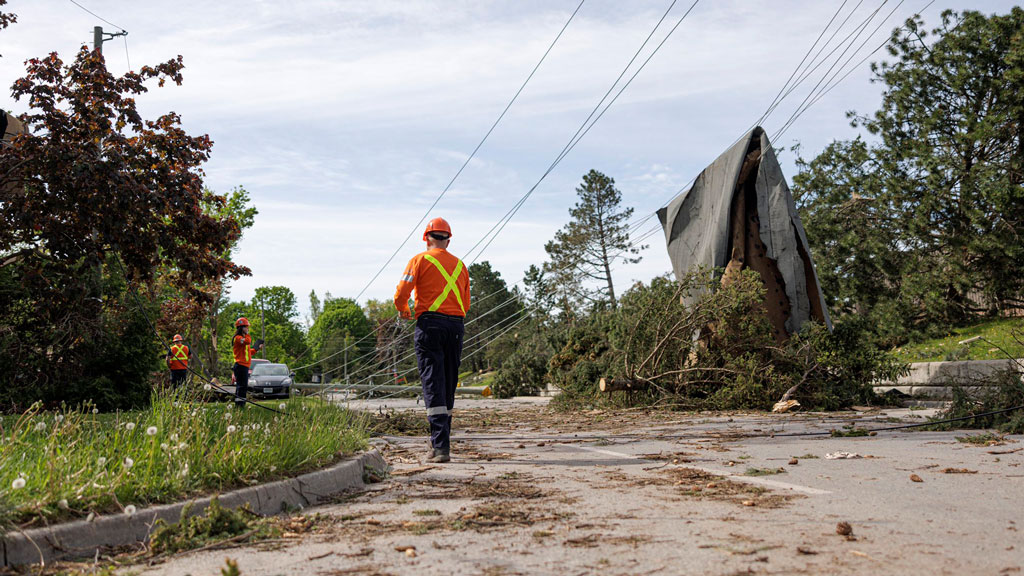

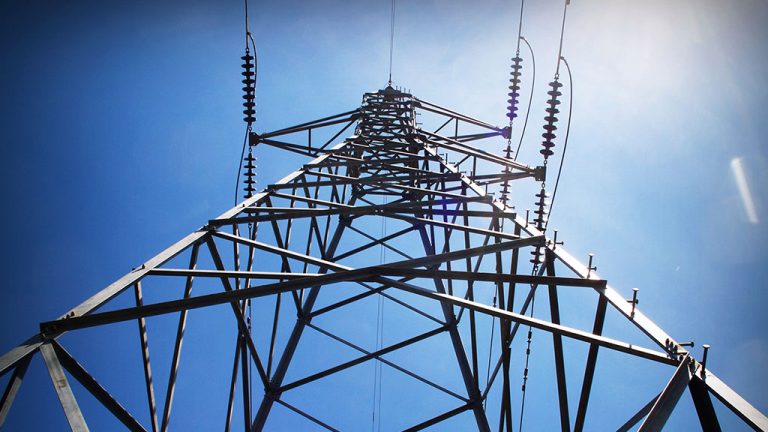

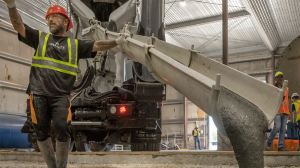
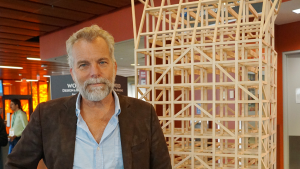

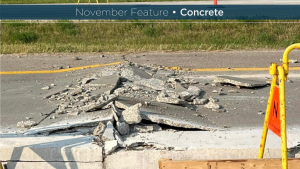
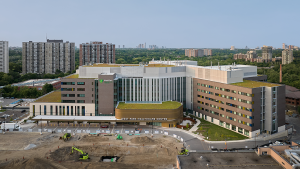
Recent Comments
comments for this post are closed